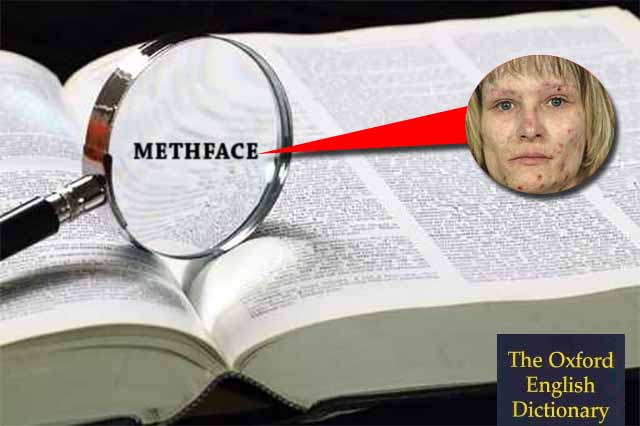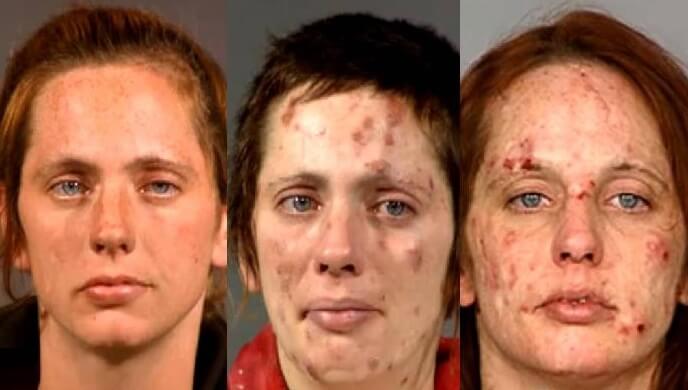
Most of the methamphetamine abused in this country comes from foreign or domestic superlabs, although it can also be made in small, illegal laboratories, where its production endangers the people in the labs, neighbors, and the environment. Although methamphetamine can be prescribed by a doctor, its medical uses are limited, and the doses that are prescribed are much lower than those typically abused. Due to its high potential for abuse, methamphetamine is classified as a Schedule II (high abuse risk) drug and is available only through a prescription that cannot be refilled. Methamphetamine is a central nervous system stimulant drug that is similar in structure to amphetamine. The National Institute on Drug Abuse (NIDA) defines methamphetamine as the following: The above terms are just some of the ‘street’ names that have been assigned to this heinous drug that has damaged so many lives, and which continues to terrorize a sizeable segment of the population. Each phrase may look and sound unique, yet they all embody one of today’s greatest killers. "We have to own up to it and do what we're doing here," the prosecutor said of the public forum, the fifth held by the task force since they announced the completion of their strategy in March.Batu, Biker’s Coffee, Black Beauties, Blade, Chalk, Chiken Feed, Crank, Christy, Crystal, Crystal Glass, Glass, Go-Fast, Hanyak, Hiropon, Hot Ice, Ice, Kaksonjae, LA Glass, LA Ice, Methlies Quick, Poor Man’s Cocaine, Quartz, Shabu, Shard’s Speed, Stove Top, Super Ice, Tina, Trash, Tweak, Uppers, Ventana, Vedria, Yaba, Yellow Bam…ĭid you know the expressions above? All of these terms are synonymous with Crystal Meth. Noether said residents statewide have to look at the meth abuse problem as belonging to everyone equally.

While meth is not currently the leading choice of drug abusers in Central New Hampshire, Noether said she is seeing an increased trend in the number of women using hardcore drugs.ĭrug abuse among women used to be somewhat rare but has recently become a more frequently seen problem, and one that often leaves children neglected, said Noether.īelknap County is fortunate, she said, to have a large collaborative network to address issues ranging from child protection issues to economic development to environmental impacts. But it is coming and it will," Noether said. "We don't have an overwhelming meth problem yet.
#Meth pock marks series
The first component is hosting a series of public education forums with the goal of alerting shopkeepers, parents, teachers and others to report suspicious activity to police.Īttorney General Kelly Ayotte stressed that intelligence gathered by ordinary citizens concerning people buying large quantities of over-the-counter cold medicines containing ephedrine and pseudoephedrine - the key ingredients in "cooking" meth - are the most effective methods to help stamp it out.Ĭounty Attorney Lauren Noether said while drug prosecutions are commonplace, arrests for meth have only begun to spike. New Hampshire's strategy to combat the spread of meth use in the state, Stephen stressed, is a working document, not the end of the story. Nationwide, 58 percent of counties have identified meth abuse as the most prevalent drug problem they are battling. Health and Human Services Commissioner John Stephen, a former prosecutor, said New Hampshire doesn't have a lot of resources to combat meth, so it needs to use them wisely.

If they see someone buying gallons of iodine they should be calling the police and expressing their concerns," said Noether. We don't want people sitting on their hands.

"Business leaders, shop keepers, parents, and teachers all need to keep their eyes open and have an open dialogue.


 0 kommentar(er)
0 kommentar(er)
